Words by Maxine Flasher-Duzgunes. Maxine chats to the first student cohort and curatorial team of London Contemporary Dance School’s MA Dance: Participation, Communities, Activism which launched last year.
“We use dance as a place where we learn to stand strong, to say what we need, and also to resist with joy,” says Andrea Carmona-Hernandez, a member of the student cohort for London Contemporary Dance School’s MA Dance: Participation, Communities, Activism, a new international programme designed for socially-engaged dance artists wanting to deepen their practice within their own communities, some of which exist outside of the United Kingdom. The course allows students to continue studying in their own communities, with visits to LCDS’s London home throughout the academic year.
This year, the programme’s curatorial team has focused on the themes of Care, Crossings, and Resistance as guiding points for engaging creatively with each other’s unique fields of artistic expertise.
Hernandez, whose community dance practice is based in Mexico, works with children and people with disabilities, oftentimes in alternative spaces to stages, like city parks, community centres, and rural schools, building visibility and care within an art form that isn’t necessarily understood outside of the “professional performance” sphere. It is through these daily routines that the community can cultivate empathy and perhaps a safe haven from socio-economic concerns caused by fleeing domestic violence or refugee status. “Art may be part of the process of creating peace,” says Hernandez, in response to the idea that dance gives people the tools to express their feelings, and to really see one another.
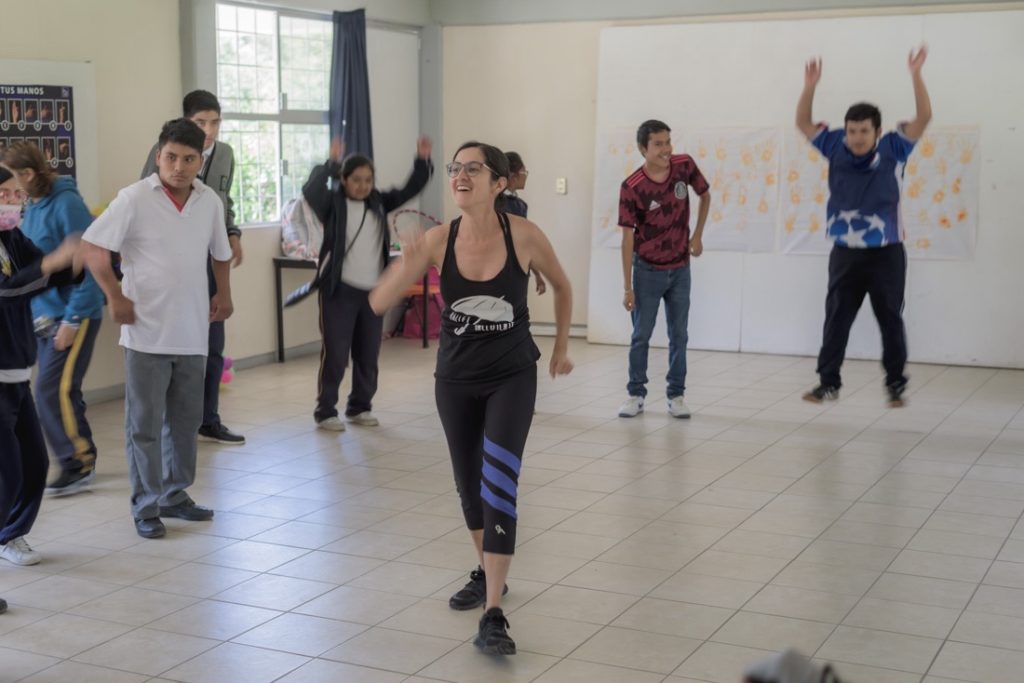
Course leader Jo Parkes, speaks about the importance of replicating these educational structures for others to follow in the future and what “collective art-making can do in terms of bringing together people with different lived experiences.” Parkes co-wrote the MA course and considers her role to be one of many in the programme’s de-centralised collective leadership model. For her, the course is about the intersection of international dance ecologies and how each student’s practice is treated less hierarchically and more like co-existing structures operating outside of institutional hands. Parkes’ own activist-approach is rooted in her more than two decades of practice as a Community Dance artist.
Given the cohort’s vibrantly different experiences, there is an underlying realisation that in the context of dance activism and participatory movement practices, care is community. “The soft hugs, attentive walks, deep listening and remembering to look out for each other, were the first encounters I’m able to recall during which my body-mind experienced care,” says student Filip Kijowski from Poland, who established and co-runs LGBTQIA+ library and community centre, Biblioteka Azyl at Galeria Labirynt, offering space for research, expression and connection within the local queer community. In regards to care, Kijowski is curious about how contact improvisation provides tools to build safer spaces for groups of parents of people from queer communities. “We take what it could mean to be an ‘ally’ under the microscope,” Kijowski says, “We practise ways of providing, receiving and finding support through touch.” Between these many registers of understanding, participants of these workshops use the creative outlet of movement to move closer towards a collective liberation.
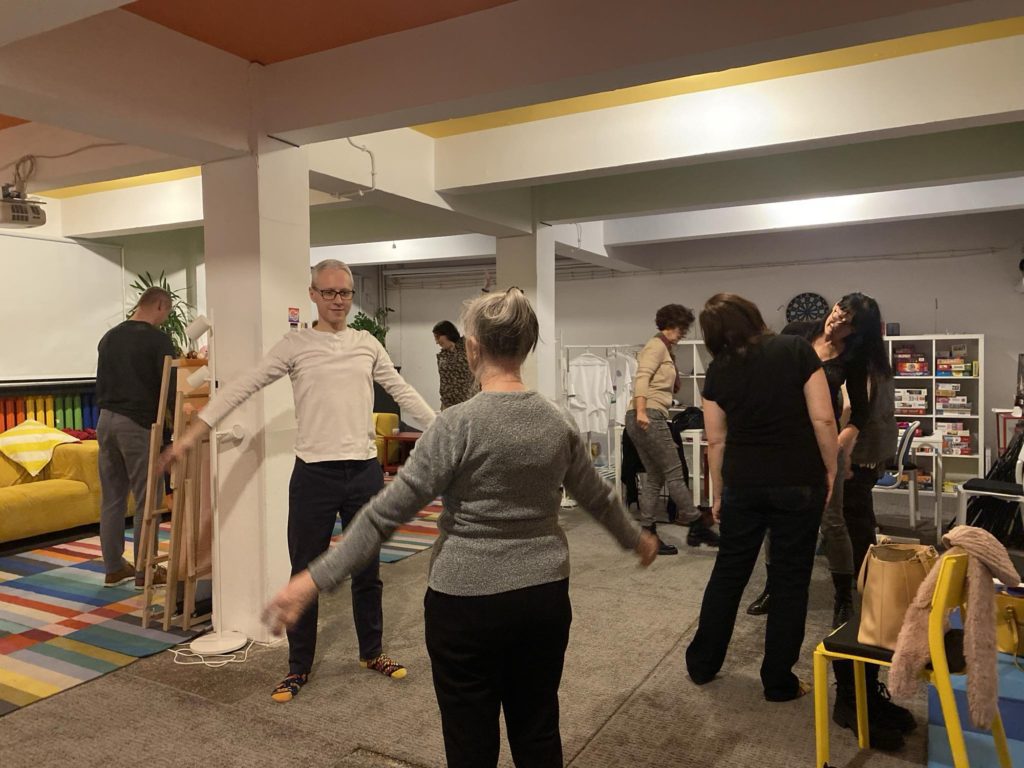
Dr. Ruth Pethybridge of the programme’s curatorial team says that “protest is a practice,”. Her upbringing surrounded by the Greenham Common Women’s Peace Camp in the 80s and the free party scene in the UK in the 90s and early 2000s has informed her approach to Community Dance: “Dance was a form of liberation, reclaiming autonomy over bodies and choices,” she says, and participation in dance no matter where, no matter when, was and is now essential to our survival. “The fact of dance being transient and relying on the constant change of bodies moving and gathering resists many of the modes of capitalist production, and becomes extremely tangible when placed in the context of actual protests like ‘die ins’ and road blocks,” Pethybridge explains. Similarly in this course, the sense of ownership that can be generated in the process of co-creation is one of the most liberating aspects of community dance, which calls upon the students and the research to guide the material as opposed to the teachers singularly.
“It’s a democratic and participatory learning process versus the authoritarian and patriarchal pedagogy,” says Nora Amin, a member of the curatorial team whose work is centred between Egypt and Germany. Her practice focuses on how the dancing body has been shamed in relation to sexuality, physical expression and the gaze, and strongly believes in the presence of cultural sensitivity in higher education in order to involve students as co-learners and co-creators of their education. Care is fundamental to this practice because it’s very common for dancers to feel obedient to a system that delegitimises injuries and proper physical health in order to achieve beauty and perfection. But care re-humanises us in the sense that a democratic exchange and resistance to exploitative structures can help achieve liberation; a dance that lives inside all bodies instead of just some.
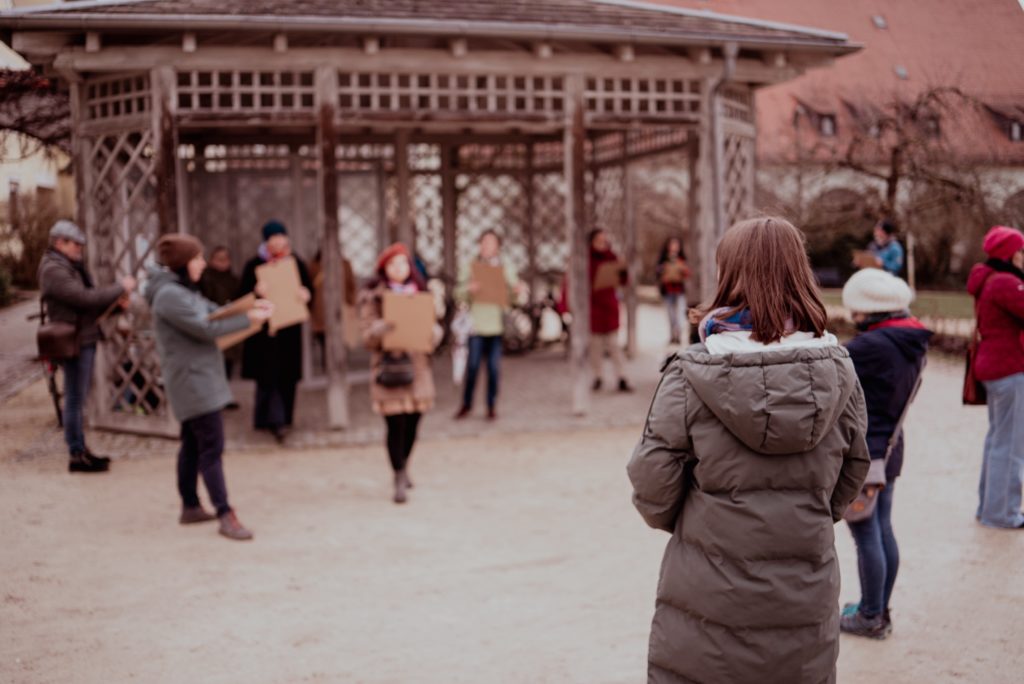
Student Bianca Kruppa from Germany, who co-founded a social-cultural centre called Falsche Farm out of her partner’s ecological farm, is currently engaged in bringing people together from near and far to collaborate and explore the aesthetics of social choreography that occur on a day to day basis. Specifically, Kruppa highlights contemporary German philosopher Eva von Redecker’s thoughts on revolution as a “slow but omnipresent transformation of everyday life.” Venturing into collective imagination through choreography is one of the ways that she has turned away from capitalist practices and the harm of patriarchal systems. “The constant practice of change or revolution can already be seen as a highly choreographic act, which sometimes appears to be quite invisible and slow,” she says, referencing the cyclical processes of nature and the power of repetition in creating change.
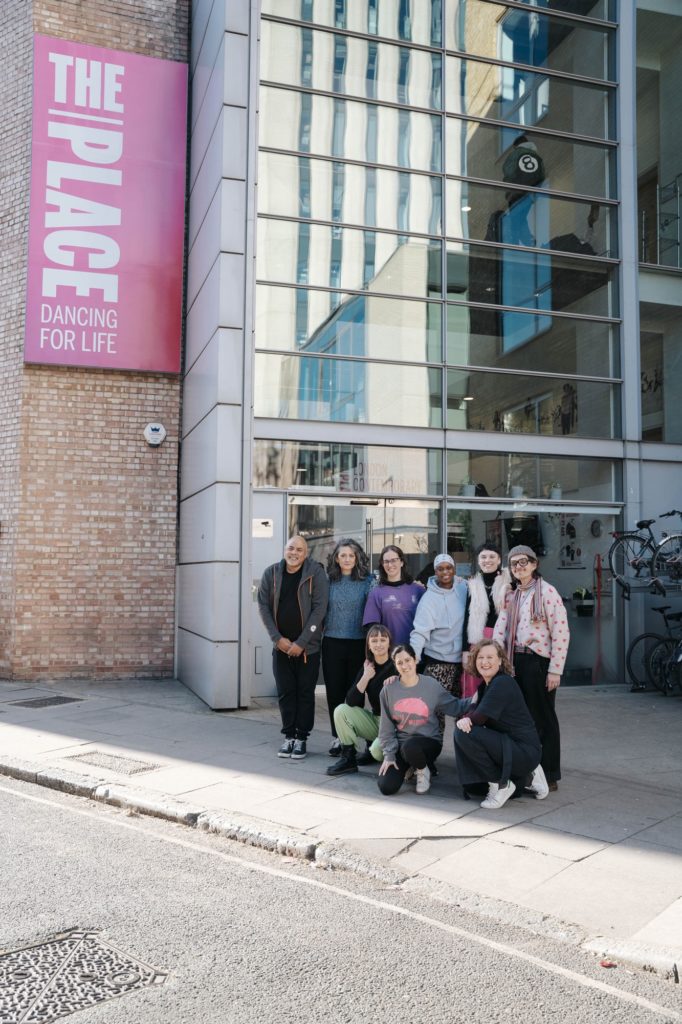

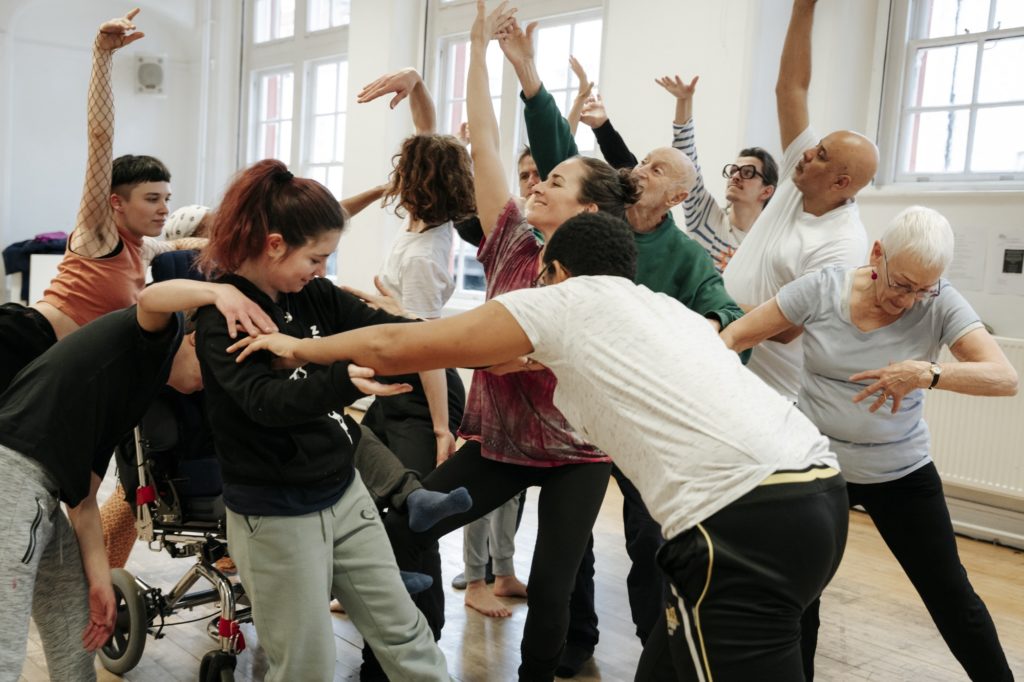
The themes of the course sit alongside the teaching and learning, quietly informing the content – Care, Crossings, and Resistance are an evocative mix at this moment in history and the intersections between them provide not only rich discourse, but a generative dance education model where students are not expected to endure, but to grow, to change, and to transform as dance artists and as individuals in their specific context. These artists are creating change on a local level as they study through an expanded network of people with shared values and vision in what dance can bring to address the urgencies of our time.
Applications are still open for MA Dance: Participation, Communities, Activism. For more information on the course and to apply, visit: https://theplace.org.uk/lcds-courses/madancepca
Header image by Rocio Chacon. This was a commission from LCDS.
